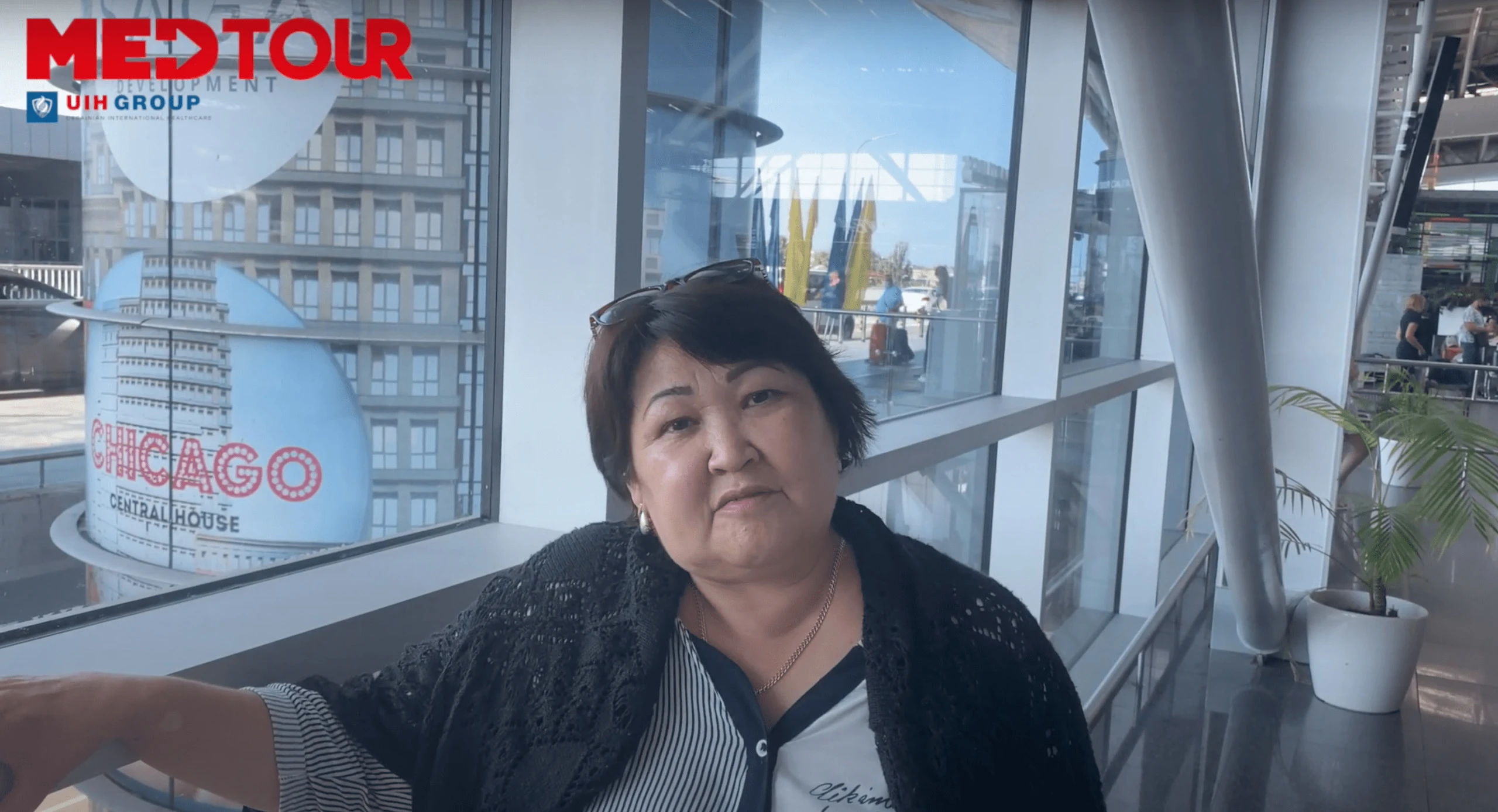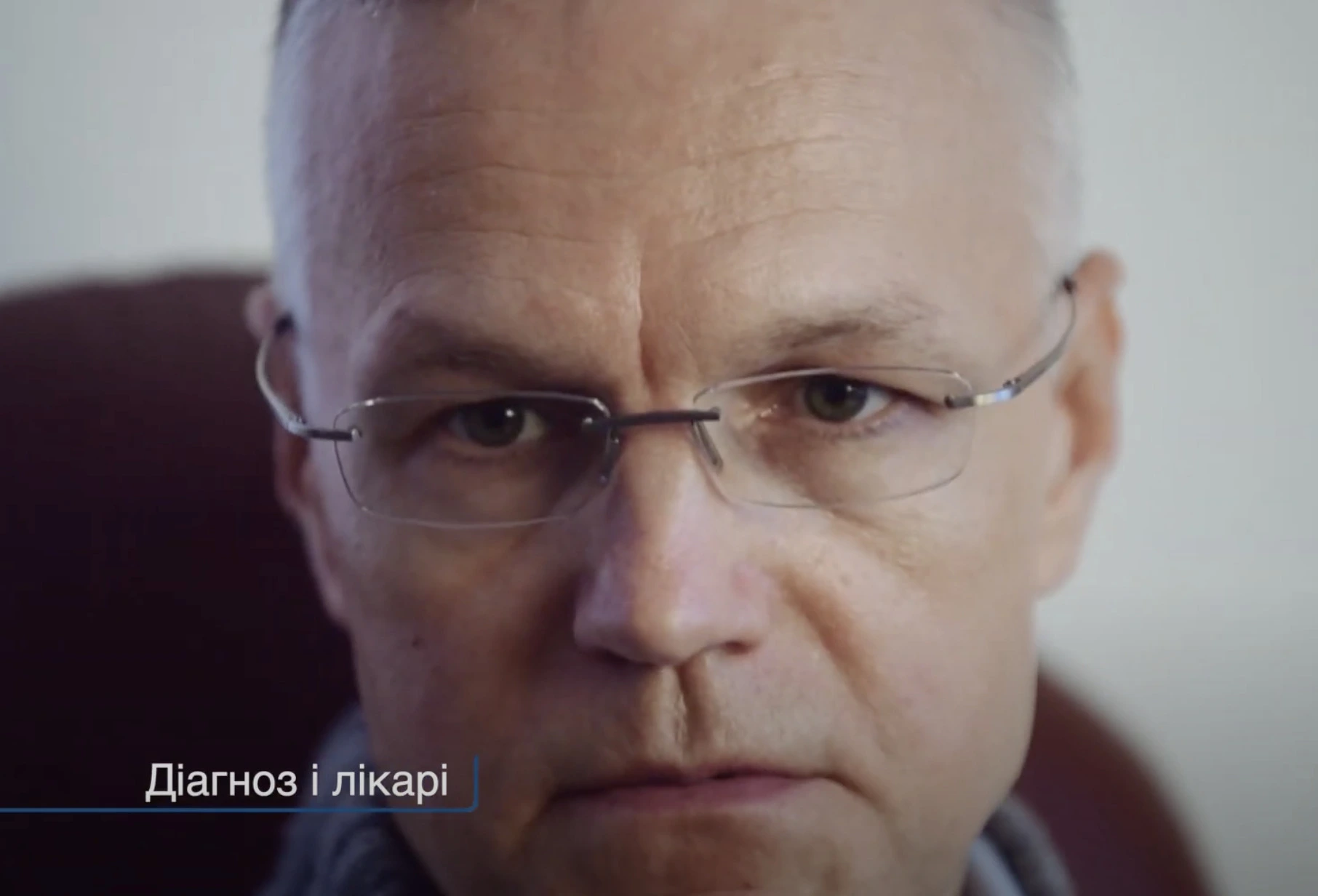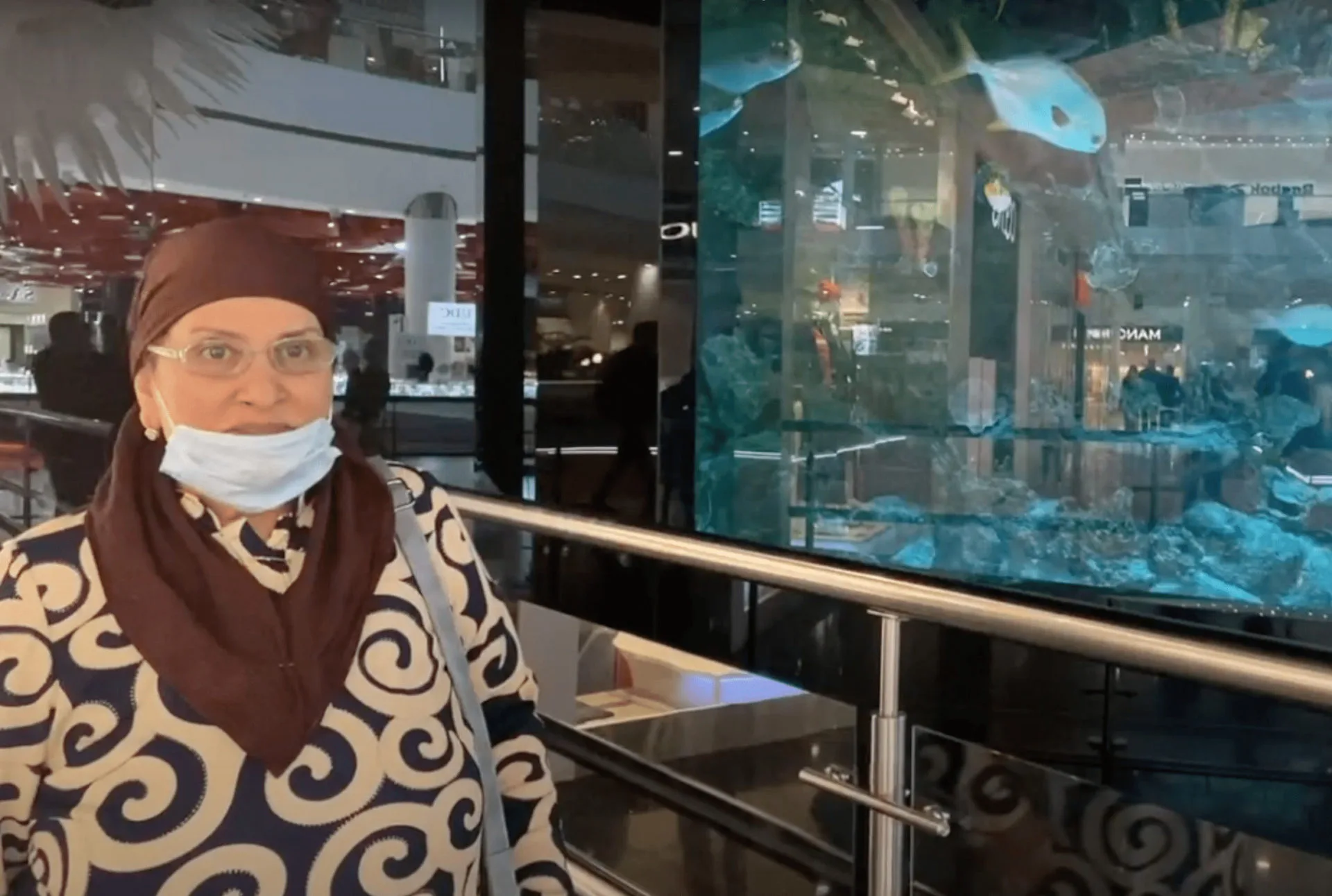Doctors for treatment of Lymphostasis
Doctors for the treatment of lymphostasis
Frequently Asked Questions
The main sign of lymphostasis is swelling of the arm, leg, or other area of the body. The swelling can range from a slight swelling to a marked increase in the size of the affected limb. Patients may make the following complaints:
- Sense of heaviness and tumescence,
- Limitation of motor activity, even to the point of inability to perform some movements,
- Burning pain and constant discomfort,
- Recurrent infections in the affected area,
- Skin thickening due to the development of fibrosis.
Lymphostasis can occur as an independent disease. In this case, doctors speak of primary lymphostasis. Often, this form is associated with abnormal growth or development of lymph nodes and vessels. Primary lymphostasis is found in Milroy’s disease, Meige’s disease, and in advanced lymphedema.
Secondary lymphostasis results from other pathological processes in the body that disrupt normal lymph circulation and outflow. These include:
- Condition after surgery in which lymph nodes and vessels have been surgically removed. Usually, such surgeries are performed due to previously diagnosed oncology.
- Cancerous and benign tumors can create a mechanical barrier and squeeze the lymph vessels. This interferes with the normal circulation of lymph fluid through the body.
- Reflective infections that occur in tropical and subtropical countries can cause lymphoedema to develop.
Radiation therapy can lead to scarring and inflammation of lymph nodes and as a result, lymphostasis develops.
The presence of one or more risk factors does not inevitably lead to the development of the disease. It only indicates a higher risk of developing the disease. Risk factors for lymphostasis include:
- Oncological disease,
- Operative interventions and radiation therapy for a tumor,
- Elderly and old age,
- Overweight,
- Pregnancy,
- Rheumatoid and psoriatic arthritis.
On the MedTour platform we have prepared for you a list of proven medical centers, where you can undergo diagnosis and treatment of lymphostasis. To choose the right clinic, you need to evaluate several factors:
- Experience and qualifications of the doctor,
- Accreditation and international recognition of the clinic,
- Equipped the clinic with the necessary equipment.
For the patient, it is best if the medical center is multi-specialty. This will allow the patient to undergo all necessary examinations and consultations by highly specialized specialists before starting the treatment.
Lymphostasis (lymphedema) is not a life-threatening condition. However, lymphoedema leads to the development of life-threatening complications.
Minor injuries in the form of scratches and cuts to the affected limb can lead to the development of infections in patients with lymphostasis. The infectious process can affect the skin and lymph nodes.
Prolonged lymphostasis may cause lymphangiosarcoma. It is a malignant tumor that belongs to the class of endothelioma.
Diagnosis and treatment of lymphostasis in foreign clinics: modern methods (2021)
How lymphostasis is diagnosed
If the patient has recently had cancer or had surgery for it, the doctor may suspect lymphostasis based on the symptoms and signs.
The doctor should take a detailed history and look at your medical history. If this information is not enough, one or more instrumental tests should be performed:
- MRI. By measuring magnetic fields and computer reconstruction, doctors get a 3D model detailing the affected area and surrounding tissues.
- CT (Computerized Tomogram). A CT scan is performed using X-rays, but the image is processed and enhanced by a computer to produce high-quality, cross-sectional, targeted images of the body. With the help of the CT scan it is possible to determine on which level of the lymphatic system the block has occurred.
- Ultrasaound with Doppler imaging. The ultrasound machine is put into a special Doppler scanning mode. It allows you to assess the degree and speed of blood flow in the vessels, including the lymphatic vessels. Doppler imaging as well as CT scanning can help in looking for blockage of the lymphatic vessels.
- Lymphoscintigraphy. For this study, a special radioactive dye is injected into the patient and then the body is scanned. This allows a complete assessment of the spread of fluid through the lymph vessels and nodes.
What conservative treatment for lymphostasis
The treatment of lymphostasis is aimed at reducing swelling and pain.
Gymnastics
A specially designed exercise program is aimed at lymphatic drainage and preparing the patient for simple physical activity with the affected limb. A rehabilitologist draws up the program and trains the patient.
Ligation and bandaging
Bandaging the limb helps the lymphatic fluid flow toward the torso.
Massage
A course of special lymphatic drainage massage improves the circulation of the lymphatic fluid through the vessels of the affected limb. The massage must be carried out by a specially trained specialist.
It is important to understand that lymph drainage massage is not suitable for patients with inflammatory or infectious process in the area where lymphostasis is developing.
Pneumatic compression
A special sleeve is placed on the affected limb of the patient. A pump delivers compressed air at regular intervals, thereby displacing excess lymphatic fluid from the tips of the fingers on the patient’s hand or foot.
What surgical treatment for lymphostasis
If conservative treatments fail, doctors may consider surgical correction of lymphostasis.
Liposuction
Large amounts of lymph fluid in the tissues can provoke an inflammatory process, which stimulates the growth of fat cells. Surgeons remove the excess fatty tissue. This improves the cosmetic effect and results in a visual reduction in swelling. The procedure is performed on an outpatient basis.
Lymphatic-venous bypass
Using special microsurgical techniques, the doctor creates a joint channel system between the lymphatic and the venous vessels. Lymphatic fluid is not retained in the tissue but is redirected into the vascular channel, bypassing the affected lymph nodes.
Lymph node transplantation
To restore the normal circulation of lymphatic fluid in the vessels, the doctor may perform a lymph node transplant. A group of nodes is transplanted from a healthy area into the affected limb. Along with the lymph nodes, the vessels that feed them are transplanted.
Skin grafting
Prolonged lymphostasis can lead to deep skin damage. In this case, the doctor transplants a skin flap from the patient’s donor area along with blood vessels and nerve endings.







